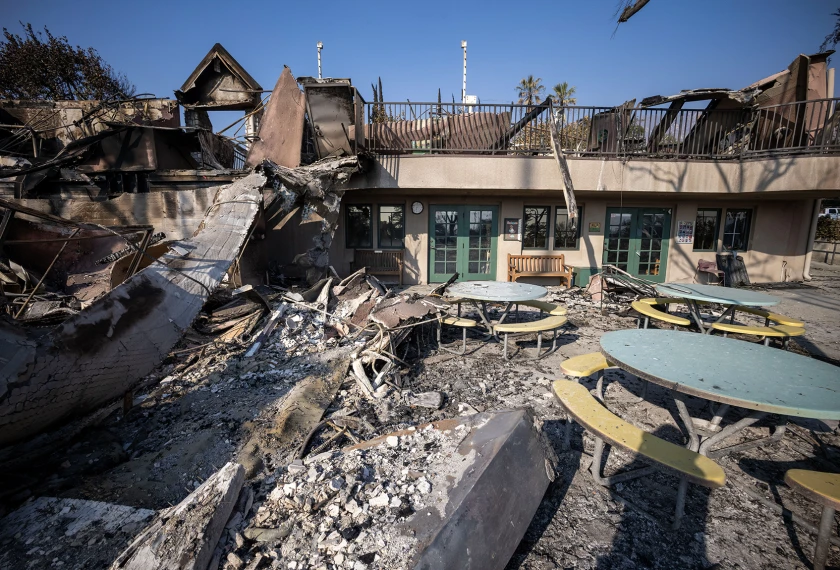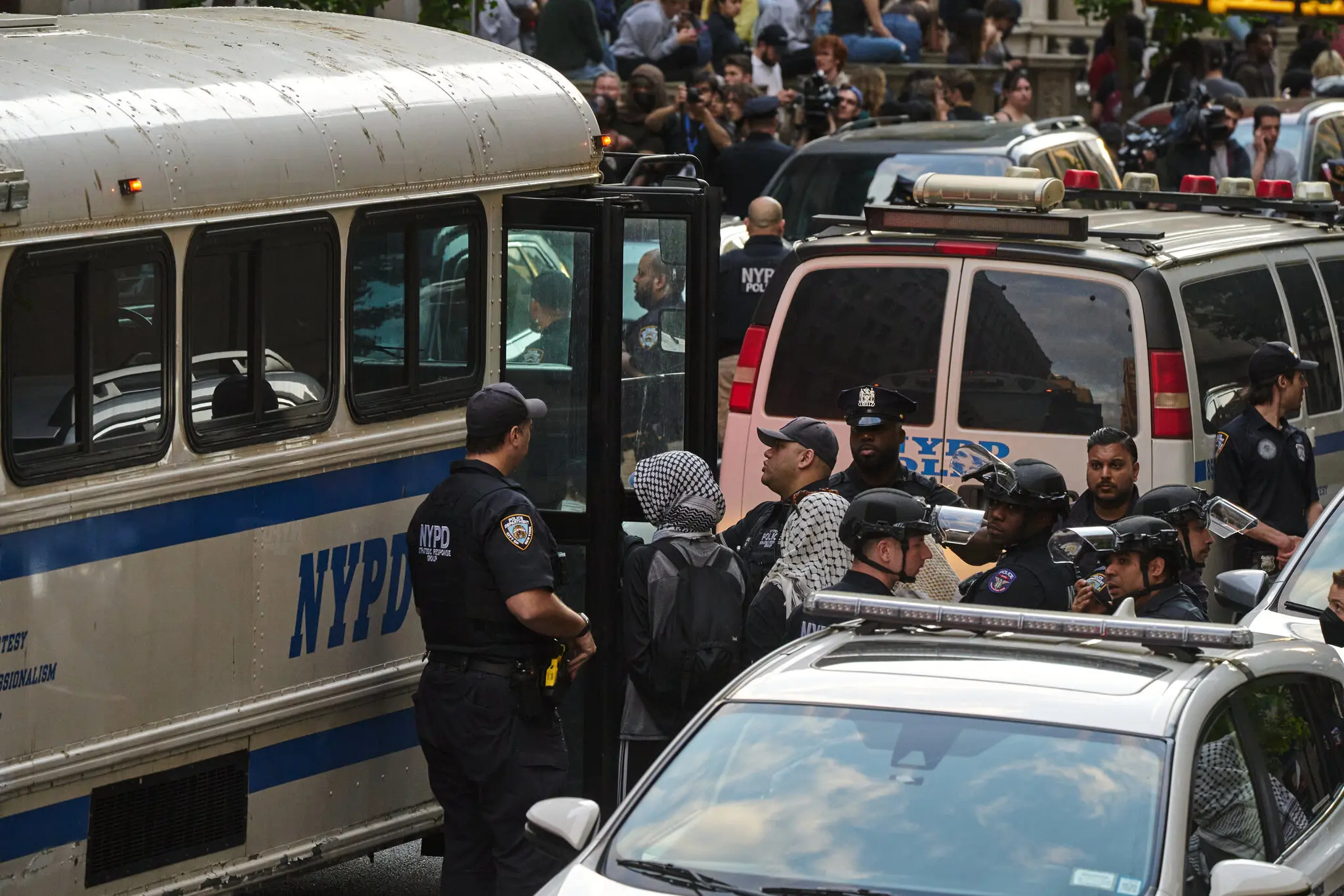Schools Are Vulnerable to Climate Disasters, Principals Mostly Unprepared
As extreme weather—wildfires, floods and heatwaves—shuts schools around the world, principals say they lack crisis leadership training and resources to respond effectively.
As record‑breaking wildfires, floods and heatwaves increasingly disrupt education systems worldwide, a new examination reveals a stark truth: most school principals are not adequately equipped to lead recovery efforts when climate disasters strike. In the United States, central Texas floodwaters destroyed school buildings and displaced families earlier this summer, spotlighting a broader preparedness gap that experts say cannot be ignored. Reports show that educators, already overwhelmed by day‑to‑day demands, were thrust into crisis management without formal training or institutional support.
Principals described feeling responsible for stabilizing learning communities amid disaster—yet they received no preparation in crisis leadership, recovery strategy, or trauma‑informed instructional planning :[oaicite:1]{index=1}. Between 2011 and 2019, more than thirteen million students and 800,000 educators endured extended closures, collectively missing 91. 5 million instructional days.
The COVID‑19 closures only compounded this loss, especially affecting students of color, English learners, and low‑income children, many of whom continue to lag nearly half a grade level behind in math and reading :[oaicite:2]{index=2}. Compounding the crisis, UNICEF estimates that in 2024 alone extreme weather forced 242 million children in 85 countries to miss school—a staggering one in seven globally. Heatwaves accounted for the majority of these interruptions :[oaicite:3]{index=3}.
Damage to school infrastructure is widespread: in Los Angeles, at least nine schools were severely damaged by wildfires, affecting more than 600,000 students and disrupting not just learning but essential services like mental health support and free meals :[oaicite:4]{index=4}. In England, one recent study found that without adaptation measures like improved ventilation and flood‑proof walls, students could lose up to twelve instructional days annually by 2050 due to climate impacts. Over one‑third of secondary schools and one‑fifth of primary schools there face high flood risk :[oaicite:5]{index=5}.
A report from the UK Green Building Council similarly warned that schools, care homes and office infrastructure are ill‑prepared for extreme heat and flooding, calling for national investment and retrofits to build resilience :[oaicite:6]{index=6}. Despite clear warnings, school leadership pipelines rarely include disaster training. A widely cited opinion piece affirmed that principals often assume their roles without any formal instruction in crisis response or long‑term recovery planning—forcing them to learn on the job, under immense pressure :[oaicite:7]{index=7}.
Experts argue that this lack of preparation is untenable: climate threats are not isolated events but recurring realities demanding systemic change. International bodies like UNESCO and UNDRR stress the importance of embedding disaster preparedness into education systems through the Comprehensive School Safety Framework, which emphasizes safe learning facilities, disaster management planning, and risk‑reduction education :[oaicite:8]{index=8}. Similarly, the “whole‑school” approach advocates integrating climate awareness and resilience into every aspect of school life—from governance and operations to campus management and curriculum :[oaicite:9]{index=9}.
Physical infrastructure also demands urgent attention. The World Bank’s Global Program for Safer Schools has supported over 121 million students across 35 countries with disaster‑informed school designs, including flood‑resistant buildings, upgraded HVAC systems, solar power, and tornado shelters. Yet in many parts of the world, schools remain catastrophically vulnerable :[oaicite:10]{index=10}.
In the U. S. , experts warn of “fenceline” schools located near hazardous industrial sites, where exposure to air or soil toxins can worsen dramatically during extreme weather—compounding risks for the most vulnerable communities :[oaicite:11]{index=11}.
In India, heatwaves, floods, and smog routinely force school closures and undermine education continuity. In 2024 alone, 128 million students across South Asia were impacted by weather‑related disruptions. Despite this, climate adaptation remains largely absent from national education policy frameworks, instead met with reactive measures like shifting vacation calendars or moving classes online :[oaicite:12]{index=12}.
The gap between infrastructure reality and climate volatility is glaring. Principals in crisis zones report that once schools close, they scramble to support teachers emotionally, adjust curricula, and reengage students—all without preparatory guidance. Many said post‑crisis recovery fell entirely on their shoulders, despite a lack of formal crisis training or resources :[oaicite:13]{index=13}.
Recovery demands far more than makeup lessons. Principals must address student anxiety, trauma, disrupted routines, and community trust. Experts urge that school leadership development programs incorporate crisis‑response training and that districts fund flexible staffing, mental health services, and instructional coaching post‑disaster :[oaicite:14]{index=14}.
Some state actors are beginning to respond: in Bihar, India, the “Surakshit Shanivar” initiative aims to train secondary school students in disaster preparedness through weekly drills led by trained teachers, part of a broader push to build readiness among school communities :[oaicite:15]{index=15}. Yet most countries lack systematic protocols guiding schools through climate emergencies. Advocacy groups call on policymakers to integrate preparedness into principal credentialing, make disaster resilience part of curriculum design, and ensure funding for retrofitting aging school facilities.
The cost of inaction is steep: even temporary closures cause ripple effects across academic performance, mental health, nutrition access, and broader stability. As disasters increase, schools risk becoming casualties of climate change, not just delivering education but also emergency response. Without clear support and investment, principals will continue being asked to step into roles they were never trained to fill.
Experts stress that building educational resilience is not optional—it is essential. Schools are now front-line institutions in climate adaptation. To protect learning, wellbeing and equity, leadership training must expand; infrastructure must be fortified; and policy must shift from reaction to prevention.
The work may be complex, but the stakes couldn’t be higher. Educational continuity depends on it.
28th july 2025



